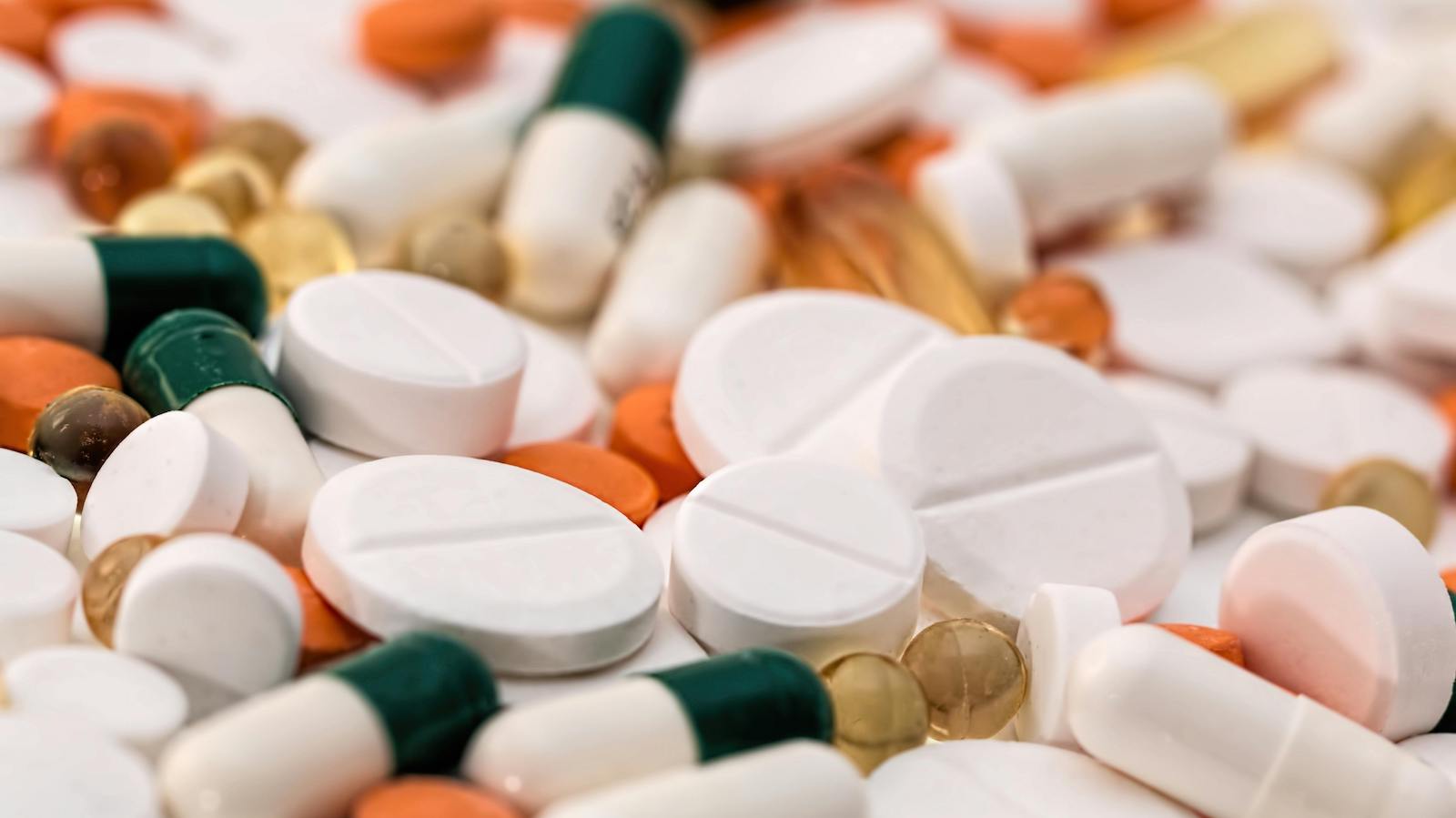The COVID-19 pandemic was a catalyst for the adoption of the Internet of Things (IoT) in healthcare. Before 2019, the average person primarily connected only their computers and phones to the internet. However, the pandemic highlighted the necessity for advanced healthcare solutions. The aging population, costly medical care and outdated healthcare systems also fed the urgent need for innovative solutions to enhance patient care and operational efficiency. The adoption of IoT transcended the immediate demands of the pandemic; it has become a permanent fixture in the healthcare landscape. As IoT technology continues to advance, it is poised to drive significant developments in healthcare, often in conjunction with AI, paving the way for smarter, more responsive and efficient medical services.
See also: 'Digital Twins': The Race Is On
The trends in IOT healthcare are:
- Remote Patient Monitoring (RPM) -- IoT devices allow for continuous monitoring of patients’ vital signs, such as heart rate, blood pressure and glucose levels. This data is transmitted to healthcare providers in real time, enabling timely interventions and reducing the need for in-person visits. In fact, with the growing number of physicians participating in RPM, new CPT codes are emerging, especially in Medicare, to deliver better patient care.
- Wearable Medical Devices --, Devices such as fitness trackers and smartwatches have become commonplace. They not only track physical activity but also monitor various health metrics, providing valuable data for both users and healthcare professionals.
- Telemedicine -- IOT facilitates better physician monitoring and interaction, allowing for more medical care to be delivered from the comfort of home.
The Internet of Medical Things (IoMT), once a common term, is now more simply referred to as digital health. This shift in terminology reflects the broadening scope and integration of connected healthcare technologies. Digital health encompasses a wide range of applications and devices designed to improve patient outcomes, streamline operations and enhance the overall healthcare experience. This evolution signifies the mainstream acceptance and growing importance of connected health solutions in the modern medical landscape.
In 2018, before the pandemic, the global digital health market was estimated at $86.4 billion. By 2025, it is projected to show an almost six-fold increase to more than $500 billion. Some credit Fitbit, launched in 2007, as the pioneer of digital health technologies. However, the most significant milestone came in 2017 when the FDA established a digital health unit, which has been inundated with developments and innovations since the pandemic. This surge in activity underscores the rapid growth and increasing importance of digital health in the global landscape. The COVID-19 pandemic saw the growth of digital physical therapy companies like Sword and Hinge Health. At Segen-Health, we offer a platform that addresses the multifaceted needs of individuals across the musculoskeletal (MSK) and mental health spectrum.
See also: From Risk Transfer to Risk Prevention
With the growing interest in IoT, especially in healthcare, several challenges need to be carefully monitored. One of the most significant is ensuring cybersecurity and mitigating threats. As more devices connect to the internet, the risk of data breaches increases. Cyberattacks are becoming more frequent and constantly evolving, making it essential for healthcare providers and companies to stay ahead of the game. Implementing robust security measures and continually updating them is of utmost importance to protect sensitive patient information and maintain the integrity of healthcare systems.
The second most significant threat to IoT in healthcare is the regulatory climate. Despite the existence of digital health unit within the FDA, it has struggled to keep up with the demands and the rapidly changing environment. There is no clear regulatory path forward or established guidelines on who should oversee these technologies. Part of the issue is that IoT in healthcare encompasses a wide range of applications, from Fitbit devices to healthcare visits and remote monitoring. This diversity means there is no one-size-fits-all solution. Additionally, the integration of AI into healthcare complicates the regulatory landscape, as there is currently no dedicated body to regulate AI specifically within the medical field.
IoT remains a vital technology for companies in 2024, with significant applications in the healthcare sector. The COVID-19 pandemic accelerated its adoption, highlighting the benefits of remote patient monitoring, smart medical devices, telemedicine and operational efficiency. While challenges such as data security and regulatory compliance exist, the potential of IoT in healthcare is immense, promising improved patient outcomes and more efficient healthcare delivery.








